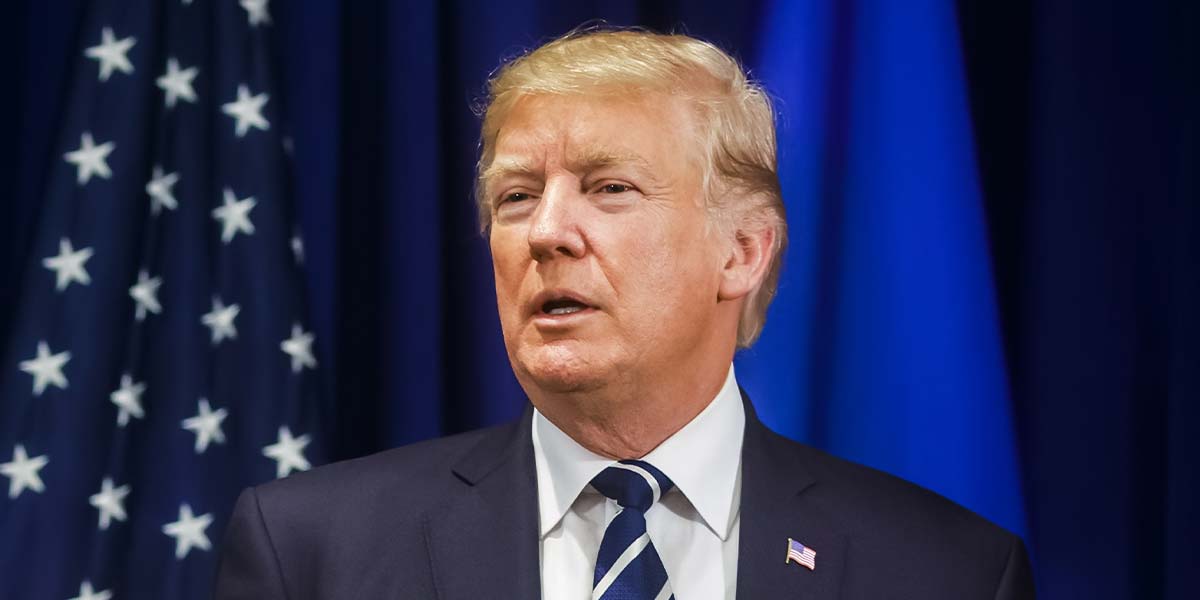The U.S. President Donald Trump is moving to halt approvals for wind and solar power projects, a decision delivered amid rising electricity demand in several regions of the United States.
The announcement comes as the Trump administration recently overhauled federal permitting for renewable projects, consolidating the approval process under Interior Secretary Doug Burgum. This has sparked concern across the renewable energy industry, with developers now uncertain about the future of their projects.
This follows criticism of wind and solar energy, with Trump maintaining that solar installations consume excessive land and renewables have played a part in driving up U.S. electricity prices.
Power costs on the PJM Interconnection, the nation’s largest grid spanning 13 states, have climbed sharply—up 22% in this year’s recent capacity auction. Market analysts attribute these price increases to surging demand, particularly from data centers, and the closure of traditional coal-fired power plants.
Despite administration claims, data from Lawrence Berkeley National Laboratory shows that solar and battery storage could help address the supply constraints the fastest, considering they dominate the pipeline of projects aiming for grid connection.
Trump’s broader policy measures, including the One Big Beautiful Bill Act, are poised to phase out critical tax credits for wind and solar energy by 2027, potentially stalling future growth in the sector. Additional tariffs on steel and copper have further raised the cost of renewable projects.
Adding to the industry’s headwinds, the U.S. Department of Agriculture this week withdrew its support for solar developments on farmland, further dampening prospects for renewable expansion.





